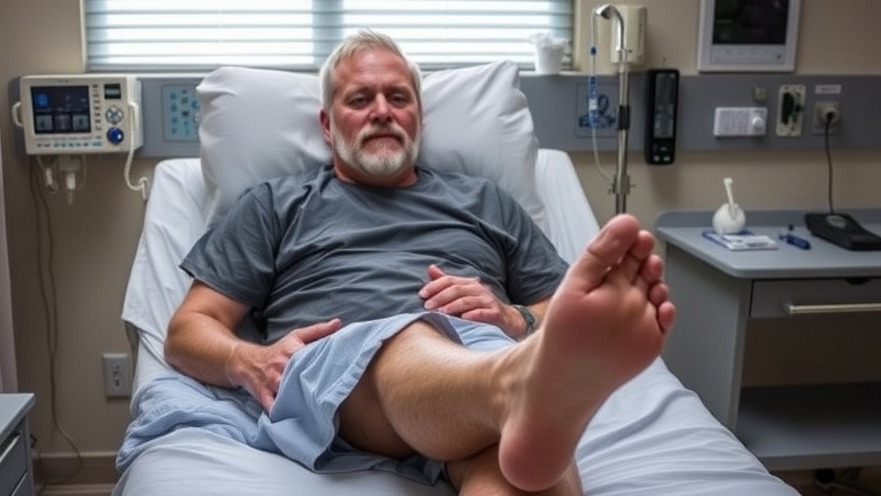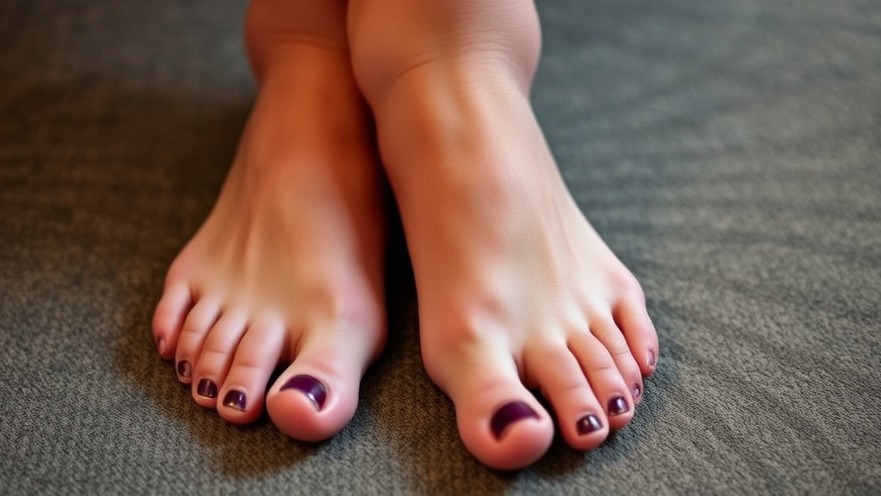
Recovering from Foot Surgery: Timelines, Tips & Warning Signs
Recovering from foot surgery is a journey that requires patience, proper care, and the right lifestyle adjustments. Whether you’ve had bunion surgery, metatarsal repair, or ankle surgery with plates and screws, the healing process is different for everyone. The good news is that with the proper knowledge and guidance, you can speed up recovery and avoid setbacks.
In this guide, we’ll explore recovery timelines, key milestones, and practical tips, while also highlighting essential warning signs after foot surgery that shouldn’t be ignored.
Recovering from Foot Surgery: What to Expect
Every foot surgery is unique, but most procedures share some general recovery stages. Initially, your surgeon will likely advise rest, elevation, and limited weight-bearing to allow tissues to heal. Pain, swelling, and bruising are normal in the first few weeks.
The average full recovery timeline can range from 6 weeks to 6 months, depending on the type of surgery and your overall health. During this time, following your doctor’s instructions and attending follow-up visits are critical.
Warning Signs After Foot Surgery
While some discomfort is expected, there are certain warning signs after foot surgery that require immediate medical attention:
Severe or increasing pain that doesn’t improve with medication
Persistent swelling or redness around the incision
Pus or foul-smelling drainage
Fever or chills (possible infection)
Numbness, tingling, or loss of sensation
Difficulty moving toes or ankle unexpectedly
If you experience any of these, contact your surgeon right away. Catching complications early can prevent long-term issues.
How Long Does It Take for Nerves to Heal After Foot Surgery?
Nerve healing is one of the slowest parts of recovery. After foot surgery, you may notice tingling, numbness, or even sharp, shooting pains. This is often part of the natural healing process.
Minor nerve irritation may resolve in a few weeks.
Moderate nerve damage can take 6 to 12 months to recover fully.
In some cases, nerves may never return to 100% normal function.
Staying active within your doctor’s guidelines, eating a balanced diet rich in vitamins B12 and Omega-3s, and avoiding smoking can all support nerve regeneration.
Metatarsal Foot Surgery Recovery Time
Metatarsal foot surgery recovery time varies depending on the complexity of the procedure:
Simple fractures: 6–8 weeks
Complex realignments or bunion corrections: 8–12 weeks or more
Return to sports or high-impact activity: often 3–6 months
Wearing supportive footwear and avoiding high heels or tight shoes post-surgery can help prevent re-injury. Physical therapy is often recommended to restore mobility and balance.
After Foot Surgery How Long Does It Take to Walk?
One of the most common questions patients ask is: after foot surgery, how long does it take to walk?
Minor procedures (toe surgery): You may walk with support within 1–2 weeks.
Moderate procedures (metatarsal or midfoot surgery): Walking usually resumes in 6–8 weeks with a boot.
Major procedures (ankle or reconstructive surgery): Walking without assistance may take 3–4 months.
Always follow your surgeon’s weight-bearing instructions, as walking too soon can damage healing tissues.
Things to Do While Recovering from Foot Surgery
Recovery doesn’t just affect your body—it also affects your mind. Here are some things to do while recovering from foot surgery to stay engaged and positive:
Learn something new: Take an online course, pick up a new hobby, or try puzzles.
Stay social: Use video calls or social media to stay connected with friends and family.
Practice upper-body workouts: Try chair yoga or use resistance bands to stay active.
Read and write: Journaling can help you track progress and maintain motivation.
Plan for the future: Use downtime to set new personal or professional goals.
Keeping your mind occupied helps prevent frustration during the slower phases of recovery.
Wearing a Boot After Foot Surgery
Most patients will need to wear a protective boot during the initial recovery period. Wearing a boot after foot surgery has several benefits:
Provides stability to healing bones and tissues
Reduces the risk of accidental injury
Helps transition from non-weight-bearing to partial weight-bearing
Distributes pressure evenly when walking
Typically, a boot is worn for 4–8 weeks, though the exact time depends on your surgeon’s instructions. Always use crutches or a walker if advised, and never rush the process.
Ankle Surgery with Plates and Screws Recovery
For patients undergoing ankle surgery with plates and screws, the recovery process is often longer due to the complexity of the procedure.
First 6 weeks: Non-weight-bearing with crutches or a scooter.
Weeks 6–12: Gradual transition to weight-bearing in a boot.
3–6 months: Return to regular shoes and light activity.
6–12 months: Full return to sports or high-impact movements.
Physical therapy plays a huge role in regaining strength, stability, and flexibility. Some patients may experience stiffness for months, but this typically improves with consistent rehabilitation.
Screw in Foot Surgery Recovery
Having a screw in foot surgery recovery can sound intimidating, but it’s a standard procedure used to stabilize bones. Recovery usually follows these stages:
0–6 weeks: Limited weight-bearing, often with a boot or cast.
6–12 weeks: Gradual increase in walking and physical therapy.
3–6 months: Return to daily activities.
6–12 months: Full recovery for sports or strenuous activity.
Some patients may have the screw removed if it irritates, although many live comfortably with it permanently in place.
Final Thoughts on Recovering from Foot Surgery
Recovering from foot surgery is a process that requires patience, discipline, and consistent follow-up care. From understanding warning signs after foot surgery to knowing how long it takes to walk, being informed helps reduce anxiety and empowers you to heal properly.
Every recovery timeline is different. Listen to your surgeon, follow instructions carefully, and don’t rush. With the right mindset and care, you’ll be back on your feet—literally—in no time.
 Add Row
Add Row  Add
Add 




Write A Comment